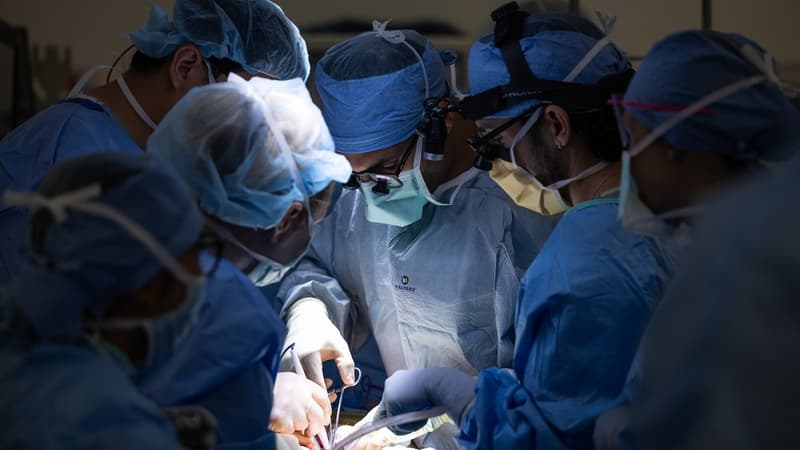It is a world premiere that could be a turning point for patients suffering from serious bladder disorders. American surgeons successfully produced a human bladder transplant. The beneficiary is called Oscar Larrainzar, a 41 -year -old father under dialysis for seven years.
This man had to remove a large part of his bladder several years ago due to cancer and then eliminated his two kidneys, explained UCLA, one of the two California universities involved, in a statement on Sunday.
“It was not necessary dialysis after the operation”
Oscar Larrainzar received a bladder but also a kidney, from the same donor, during this operation of approximately eight hours carried out in early May at the Ronald Reagan Ucla Medical Center in Los Angeles (California).
“The surgeons first transplanted the kidney, then the bladder and then linked the kidney with the new bladder using the technique they developed,” said the university.
With almost instantaneous encouraging results, according to one of the surgeons, Dr. Nima Nassiri: “The kidney immediately produced a large volume of urine and the renal function of the patient improved immediately,” he said in a statement.
“It was not necessary dialysis after operation and urine has passed correctly in the new bladder.”
“This surgery represents a historical moment in medicine and could transform the treatment of patients” who have bladder “that no longer operated,” he insisted on Inderbir Gill, who managed the operation.
Four years of preparation
Bladder transplants so far were considered too complex due in particular to difficulties in accessing the area and vascularization.
Therefore, patients only proposed a reconstruction of the artificial bladder using the digestive tract or the installation of a stoma pocket, an external prosthesis that can collect their urine.
“Effective” interventions that include “many risks in the short and long term,” according to the doctor Gill.
The two men have been working for years to develop a surgical technique, therefore, allowing bladder transplants. This first transplant occurs after more than four years of preparation and must be followed by others as part of a clinical trial that should allow evaluating the benefits and risks of said operation.
Source: BFM TV


